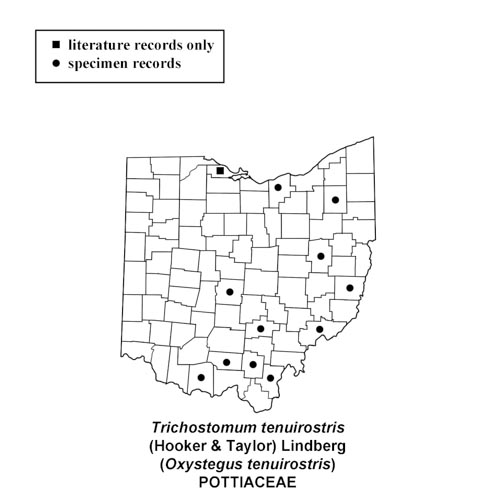Chionoloma tenuirostre
(formerly Trichostomum tenuirostre)
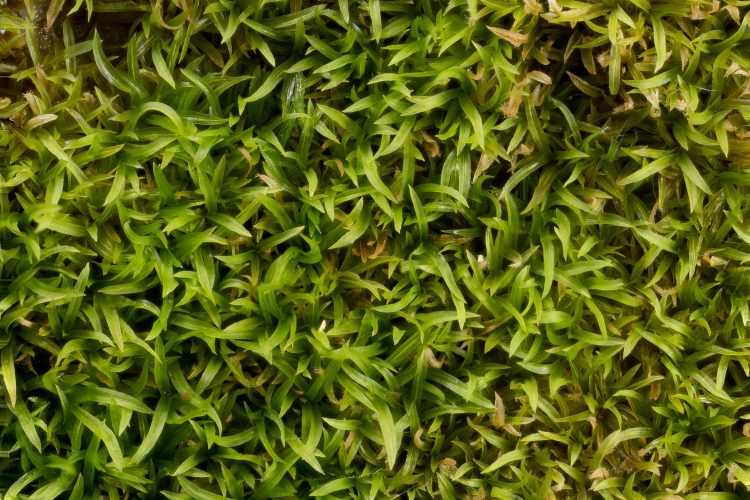
Oxystegus tenuirostris, 3x magnification (35 mm sensor).
May 10, 2016. Hocking County, Ohio.
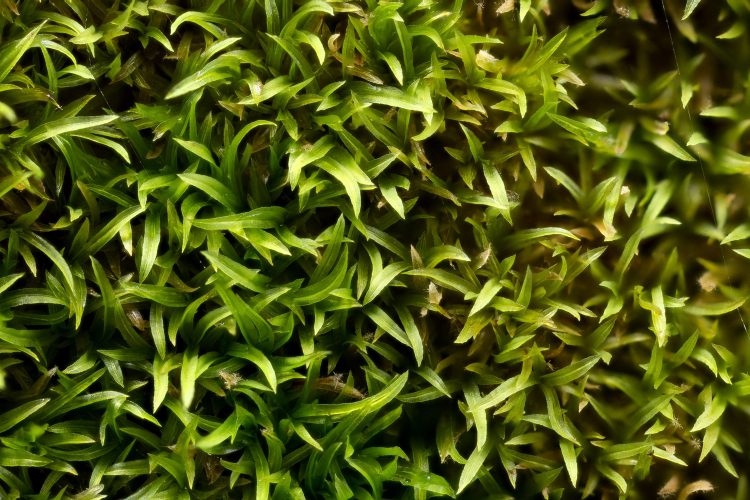
Trichostomum tenuirostre, 4x magnfication (35 mm sensor).
May 10, 2016. Hocking County, Ohio.
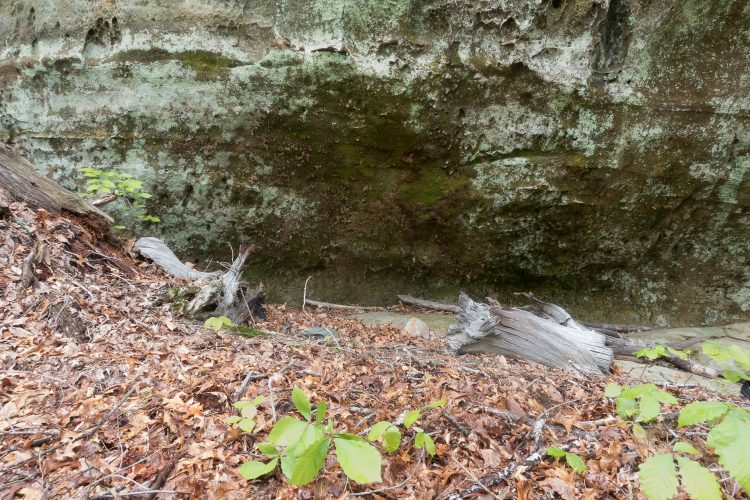
Vertical sandstone habitat of Trichostomum tenuirostre.
May 10, 2016. Hocking County, Ohio.
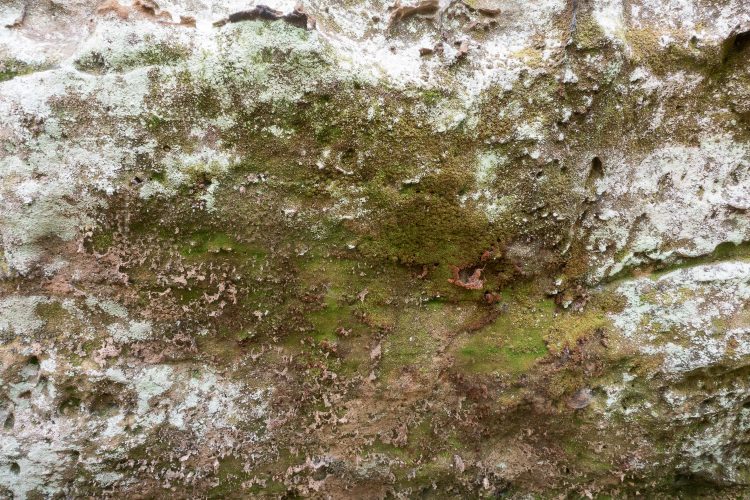
Vertical sandstone habitat of Trichostomum tenuirostre
May 10, 2016. Hocking County, Ohio.
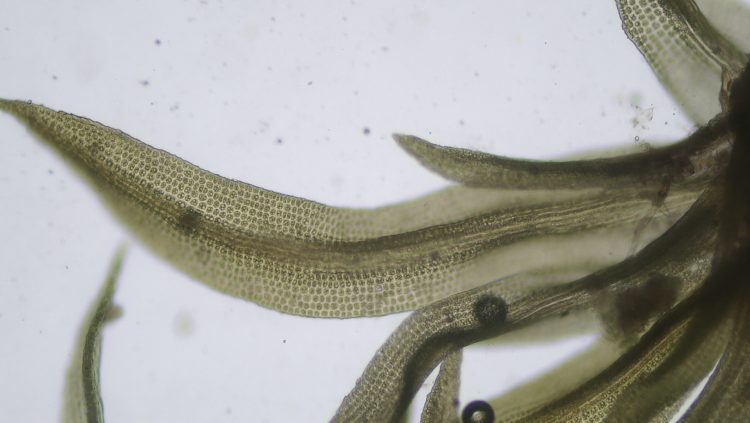
Trichostomum tenuirostre microscope view.
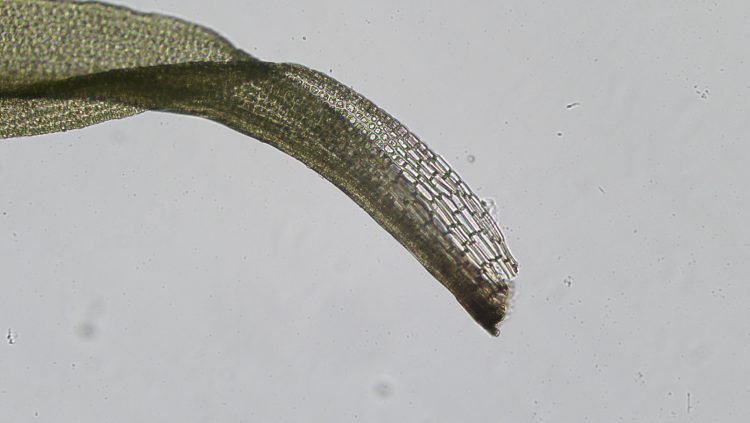
Trichostomum tenuirostre microscope view.
Note enlarged clear cells across entire leaf base.
How to recognize Trichostomum tenuirostre: This species was renamed Oxystegus tenuirostris in the 1980’s, but now has been renamed Trichostomum. The leaves of this plant, when moist, are flattened, lanceolate with an acute apex either plane or keeled, and bases appressed to the stem. When dry, leaves are contorted and incurved. Leaf margins are plane, and basal long rectangular cells from a hyaline band across the lower part of the leaf. Sometimes this band seems to run up the margins of the leaf a short distance, but never forms the well developed V-shape seen in Tortella species; this is an important distinction to separate the two genera. The round costa has two stereid bands, and often protrudes from the leaf apex in a mucro (short abrupt point). The green leaf cells are densely multipapillose on both surfaces. In 2000, Trichostomum tenuirostre var. gemmiparum was found in Missouri; this variety has multicellular gemmae on rhizoids from adaxial (top) surface of costa or in soil. The capsules fruit in the fall. The peristome is 160-240 microns high and is papillose or striolate; the drawing of the peristome in Crum & Anderson’s “Mosses of Eastern North America” is not correct.
Where to find Trichostomum tenuirostre: This moss has been found in many states in the eastern half of the United States and scattered states in the west, on soil, sandstone, calcareous rock, boulders, logs and seepage areas, from low areas up to 2000 m elevation.
